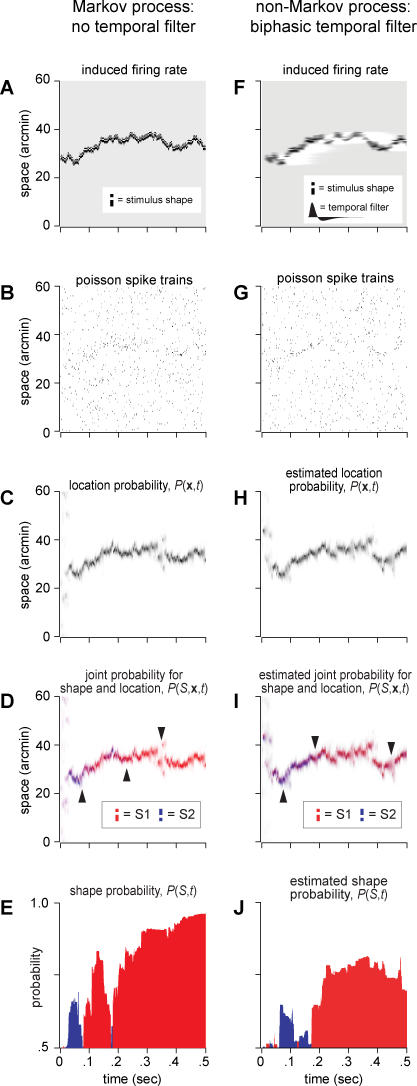Figure 4. Simulations of the Markov Decoder (Equation 1) for a Small Stimulus Moving on a One-Dimensional Model Retina.
(A–E) Spike generation by a Markov process.
(F–J) Spike generation by a non-Markov process that includes the biphasic temporal filter from Figure 3D.
(A and F) Firing rate induced by a stimulus moving on the retina with a random walk diffusion constant of 100 arcmin2/s. The stimulus shape activates three neurons in the pattern shown in the inset. The background rate is 10 Hz, and the peak stimulated rate is 100 Hz.
(B and G) Poisson retinal spike trains drawn from this instantaneous firing rate. Each row corresponds to a neuron, spaced every 0.5 arcmin.
(C and H) Evolution of the location probability  for a known stimulus shape S (inset in [A]), but an unknown location x, derived from the spike trains shown in the previous panel.
for a known stimulus shape S (inset in [A]), but an unknown location x, derived from the spike trains shown in the previous panel.
(D and I) Decoder behavior when the stimulus can instead take one of two possible shapes, but the true shape is unknown. The two stimuli each activate three retinal neurons, in mirror-image patterns (inset). The spike trains now induce two spatial distributions of the posterior probability  , plotted in shades of red and blue.
, plotted in shades of red and blue.
(E and J) Shape probability  , colored red for the correct stimulus identity and blue for the incorrect one. In these trials, we see that once the decoder coalesces around the stimulus location, it first attributes a greater probability to the wrong stimulus (leftmost arrow in [D] and [I]) before accumulating enough evidence for the correct stimulus (middle arrow). The decoder can lose track of the stimulus briefly (e.g., at rightmost arrow) but continues to favor the correct stimulus until the end of the trial. Note that (E) reflects the true posterior probabilities, whereas in (J), the Markov decoder can only estimate them because the spike generation process includes temporal filtering that the decoder neglects.
, colored red for the correct stimulus identity and blue for the incorrect one. In these trials, we see that once the decoder coalesces around the stimulus location, it first attributes a greater probability to the wrong stimulus (leftmost arrow in [D] and [I]) before accumulating enough evidence for the correct stimulus (middle arrow). The decoder can lose track of the stimulus briefly (e.g., at rightmost arrow) but continues to favor the correct stimulus until the end of the trial. Note that (E) reflects the true posterior probabilities, whereas in (J), the Markov decoder can only estimate them because the spike generation process includes temporal filtering that the decoder neglects.

